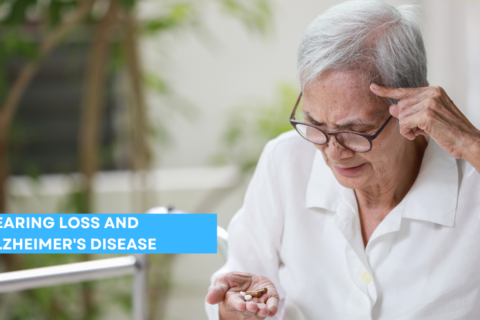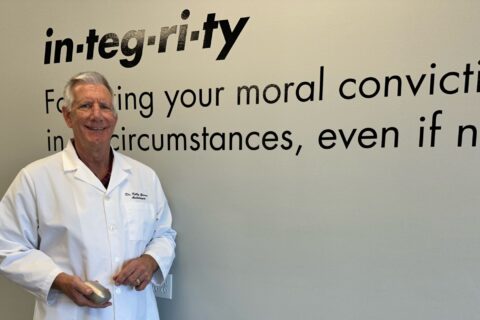Ear Care Essentials: A Step-by-Step Guide to Proper Ear Cleaning
How to properly clean your ears
Cerumen, commonly known as earwax, is key to a healthy ear. It collects dirt, debris and bacteria, preventing unwanted foreign bodies from entering the ear. It has lubrication properties to keep the ears from getting dry and itchy. And it acts as an antifungal and antibacterial, helping to fight infections in and around our ears.
While earwax has its benefits, it’s also an unpleasant obstacle to keeping your ears clean. So what are the best ways to clean your ears?
Your ears clean themselves…mostly
Typically, earwax will work its way out of the ears naturally through normal jaw motions, such as talking and chewing. So, most people rarely or never have to clean their ears above and beyond their normal bathing routine. After showering, simply wipe away excess water and any possible wax from your outer ear with a towel or wash cloth. That’s the right way.
Do NOT use cotton swabs to clean your ears
The wrong way to clean the inside of your ears is with cotton swabs. Cotton swabs can push the earwax deeper into the ear, causing an impaction and preventing the eardrum from vibrating properly. People who use cotton swabs to clean their ears frequently make earwax worse, not better. The impaction can lead to bigger problems. Even brands such as Q-tips® warn on their package against inserting them into the ear canal.
Earwax buildup happens
Because everyone’s ear is uniquely shaped, normal cleaning methods are not always effective, and earwax can build up in certain individuals. How might you know if your earwax didn’t work its way out on its own?
Symptoms of excess earwax include:
- Difficulty hearing
- Fullness or ringing in the ears
- Pain in the ear
- An odor coming from the ear
- Dizziness
People who wear hearing aids may be more susceptible to earwax buildup, as having a device in the ear can prevent earwax from escaping on its own. Also, earwax buildup is more common among older adults because the consistency of earwax changes with age.
What to do about excess earwax
If you think you have excess earwax, the safest thing to do is to visit your primary care physician or audiologist. They can look in your ears to examine the earwax and determine if it should be removed. If it does need removal, they can use water irrigation, suction or a curette to scoop it out. They’ll probably recommend you return regularly as a preventative measure against earwax buildup.
Safe, at-home earwax removal methods
If you do choose to remove the earwax yourself, there are a number of safe methods that can be used. Pharmacies and certain retail stores sell earwax removal kits and over-the-counter drops that soften earwax. You can ask your audiologist, doctor or pharmacist to recommend one. Mineral oil, baby oil and hydrogen peroxide also do a nice job of softening earwax, but you need to be careful how much you apply.
An audiologist can always help
The smart recommendation for anyone concerned about earwax is to consult with an audiologist. It’s important to note that people who have diabetes, who are prone to ear infections, who might have a perforation in the eardrum, who have tubes, or who have compromised immune systems should exercise additional caution and consult with a professional before trying any treatment at home.
For more information about ear health, call Dr. Kelly Gessert today! Schedule an appointment in Troy by calling 636.528.4433; or in Hermann by calling 636.728.8840.


